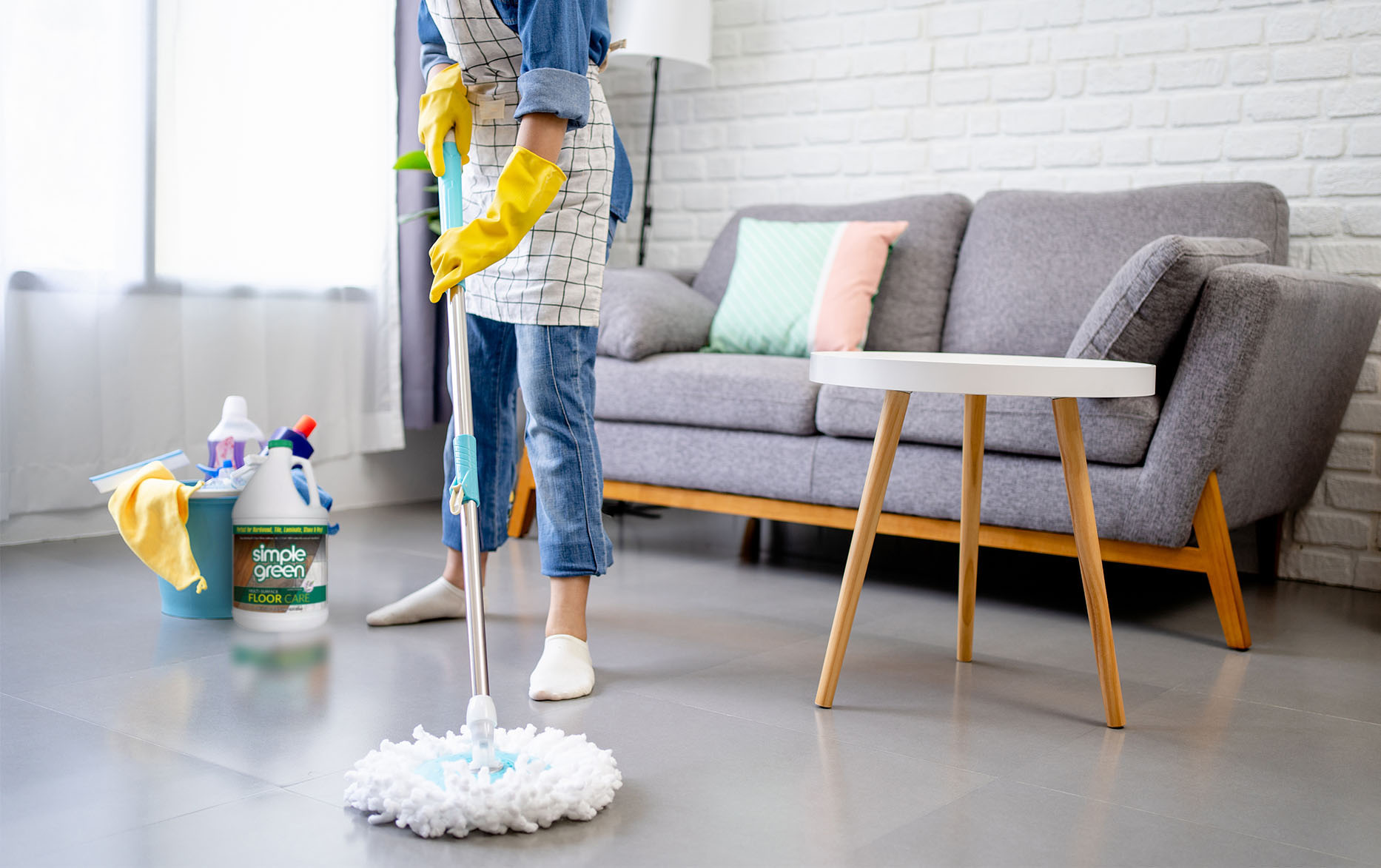

As industries take steps to rebound from the COVID-19 pandemic, businesses are faced with an increased focus on the importance of infection control. Cleaning crews and environmental services (EVS) workers often place their primary focus of disinfection on high-frequency contact surfaces such as doorknobs, handles, and railings. As a result, floors may get overlooked when preparing areas for contact - with potentially disastrous results.
A recent Center for Disease Control (CDC) report finds that pathogens such as coronavirus can be easily spread via foot traffic and floors, not just by person-to-person contact.
The CDC reports that floors and shoe soles had the highest concentrations of COVID-19 in samples taken at a hospital facility in Wuhan, China, according to research published on April 10. It was determined that the virus was being tracked outside of patient rooms to other areas of the hospital, including into non-patient care areas. Samples taken at adjacent hospital pharmacies indicated a 100 percent COVID-19 presence.
The presence of COVID-19 concentrations on floors is largely attributed to gravity and airflow, the report finds. Most virus droplets will float or fall to the ground, where they will be carried elsewhere by foot traffic.
"Furthermore, half of the samples from the soles of the ICU medical staff shoes tested positive," the report continues. "Therefore, the soles of medical staff shoes might function as carriers."
To make matters more concerning, the virus can potentially re-enter the air from the ground due to foot traffic. As people walk, they not only collect and spread pathogens on the soles of their shoes as they move from one area to another but also potentially aerosolize the virus when they kick it back up in the air. This further illustrates the need for regular and thorough cleaning and disinfecting of all floor surfaces, in addition to the high-touch points which receive the greatest focus for disinfection.
Proper and regular floor maintenance are key components to successful infection-risk mitigation. Flooring material can also hinder or help the spread of bacteria. Sectioned flooring such as tiles made of vinyl, porcelain, ceramic, stone, or travertine, with or without grout lines, can easily trap germs in the seams and grout, leading to the rapid growth of pathogens. Additionally, facilities should avoid unsealed concrete floors, as the porous nature of unsealed concrete offers a harbor for pathogen proliferation and a more abrasive surface for scraping bacteria off of shoe soles.
Business owners should explore impermeable flooring options such as epoxies, which are installed as a fluid mixture before curing and provide seamless, durable ground cover, or sheet-vinyl or sheet-linoleum flooring, which have no seams.
Chemical-resistant flooring is another ideal option for facilities to maintain a sanitary environment and diminish infection risk. Many cleaning chemicals and disinfectants intended to fight the spread of bacteria can begin to deteriorate flooring materials. With a chemical-resistant floor coating, cleaning with stronger solvents or a high pH level will not harm surfaces.
The new challenges we face in a post-pandemic society call for all industries to reassess their approach to infection-risk mitigation. Choosing proper flooring materials and following proper cleaning, sanitizing, and disinfecting guidelines will make a crucial difference in maintaining a healthy workforce and protecting the public.
FEATURED ARTICLES